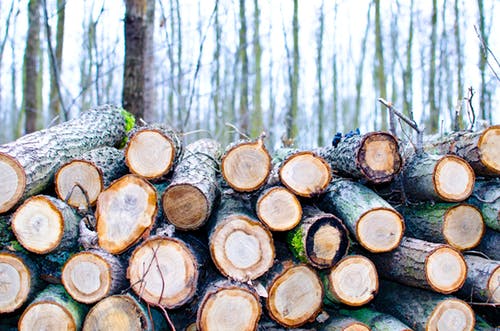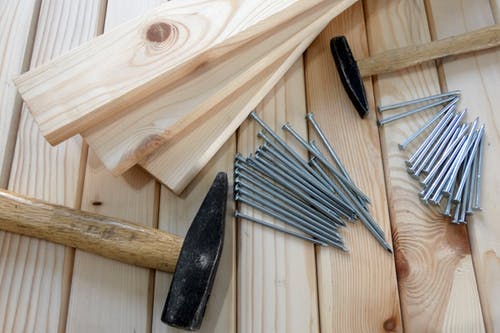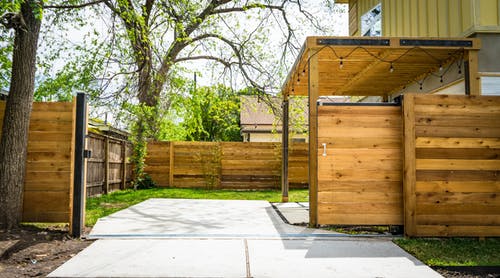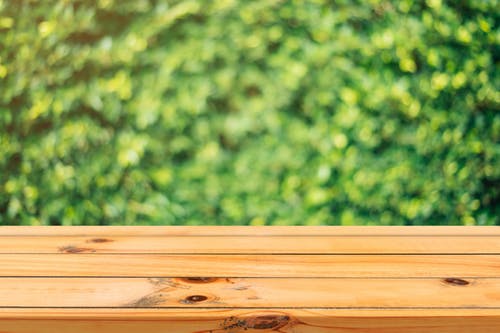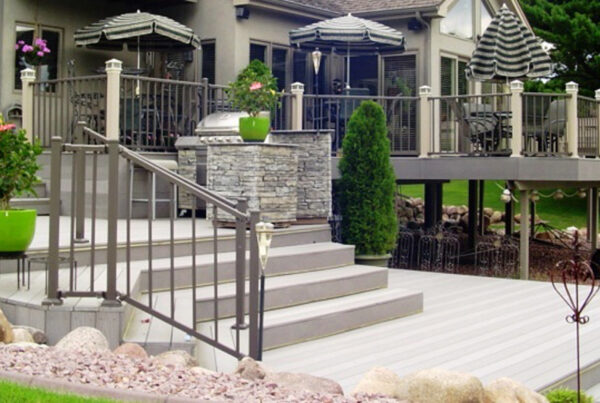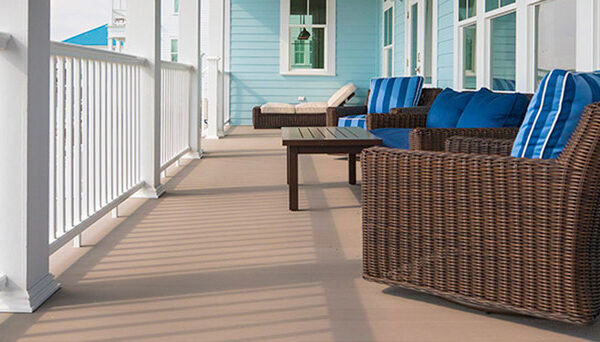Softwoods like Hem-fir, Doug-fir, SPF, and Southern Yellow Pine, and hardwoods such as Oak, mahogany, and redwood are the cornerstones of the lumber industry. Distinguishing between these two categories can sometimes be tricky, as they may share certain physical attributes. However, there’s more to it than meets the eye. The primary and most apparent difference is their softness and hardness.
Softness and Hardness
Hardwoods are typically known for their rigidity and hardness, while softwoods are softer and more flexible. Nevertheless, there are exceptions. For example, balsa trees fall under the hardwood category, yet they are even softer and more flexible than most softwoods. Conversely, some softwoods, like yew, are harder than certain hardwoods. While softness and hardness can be a differentiating factor, other characteristics play a crucial role in determining the wood’s utility.
Ease of Use and Installation
Softwoods reign supreme when it comes to construction, accounting for over 80% of all timber used. One of the primary reasons for their popularity is their ease of installation. Their soft nature makes them easy to cut and a breeze to nail, making them an ideal choice for home projects.
Cost
Hardwoods are typically more expensive due to the longer time they take to grow, the substantial processing required, and their inherent strength. Softwoods, such as Douglas-fir, can be equally robust but come with a more budget-friendly price tag and greater ease of use.
Utilization
Softwoods, thanks to their density and lightweight properties, are best suited for applications like inner walling, roofing, doors, and fencing. Hardwoods excel in projects such as decking, roads, bridges, and post and beam construction. However, it’s important to note that these functions are not exclusive to hardwoods. For instance, Southern Yellow Pine, a softwood, is highly versatile and suitable for both light projects and heavy-duty constructions like decking. Hardwoods often find their calling in furniture making, but even softwoods like Doug-fir can serve this purpose effectively.
Aesthetics
In terms of aesthetics, softwoods outshine hardwoods. They not only exude elegance but also feel and look fantastic. Softwoods, being lighter, infuse vibrancy into their surroundings. Spruce, in particular, stands out for its decorative appeal and is in high demand for artistic endeavors.
Density
Hardwoods are known for their higher density, attributed to their solid and compact composition. This density makes them less suitable for activities like walling due to the extra weight they carry.
These distinctions—softness and hardness, cost, ease of installation, utilization, aesthetics, and density—are among the key factors that set softwood and hardwood lumber apart. However, it’s crucial to remember that these are not the only differentiating factors, and the names alone do not fully encapsulate the distinctions between these two essential wood categories.

